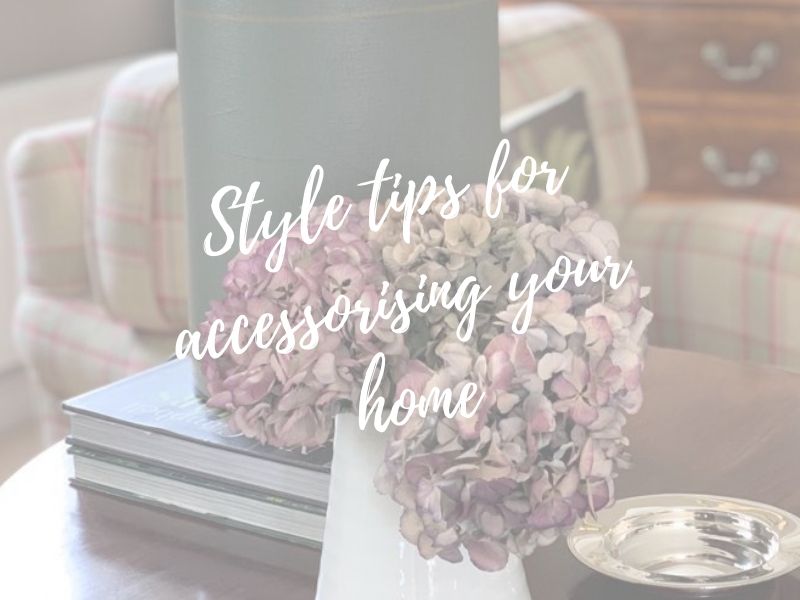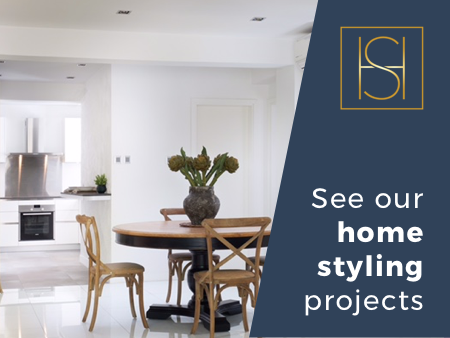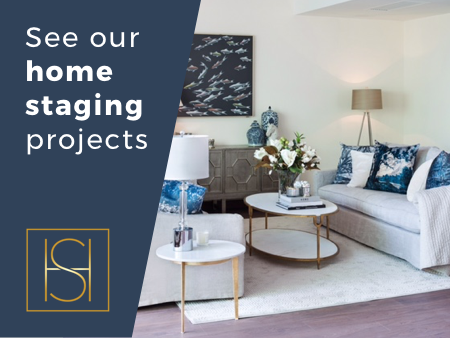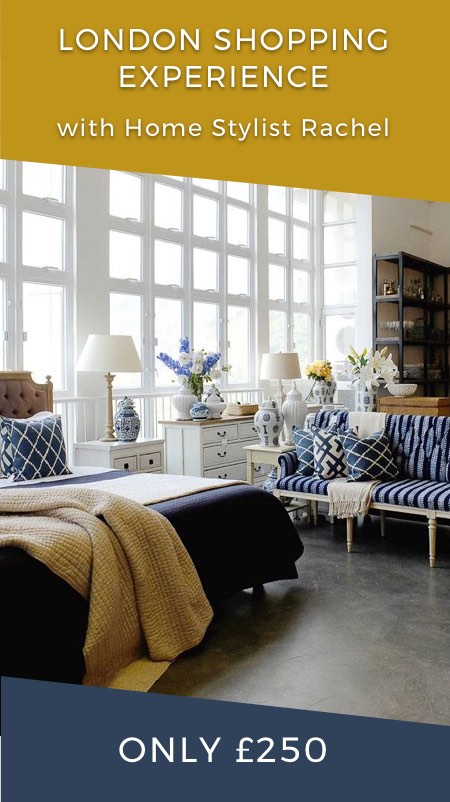In almost every blog we write about home styling, we’ll mention home accessories. Whether we are discussing decorating with neutrals, styling kids rooms, or sustainable home styling, accessorising is an important step in the styling process. This month, we’re going to dig deep into accessorising your home and give you all our best tips.
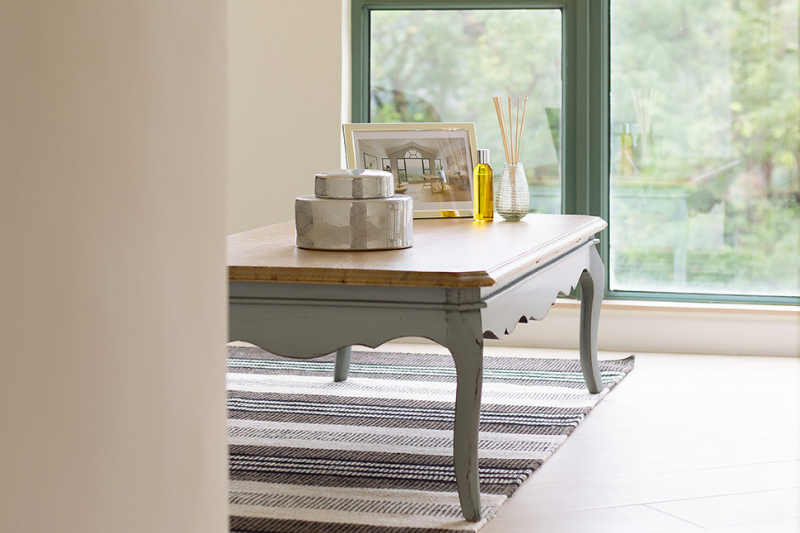
I (Alex) have just been on the most amazing 2-day lampshade making course in the UK, and as I’m still so excited about it and feeling really enthused, the first thing I’m going to talk about is lampshades!
We can really have some fun with lampshades, whether you prefer the modern drum or the classic pleat. Be creative, tie the colour of your shade in with your wallpaper or paint colour. Or go the other way and make it the popping colour in your room. Lampshades are a great place to add texture and bold pattern to it. Don’t miss our full lamp styling blog here.

You can also bring these colours and textures across to your sofa cushions. Have a look at your favourite piece of art. What colours are there? Use these colours in your scatter cushions and you’ll see that your room is instantly tied together.
Odd numbers work well with scatter cushions – indeed with most home accessories – as does varying the sizes of your cushions.
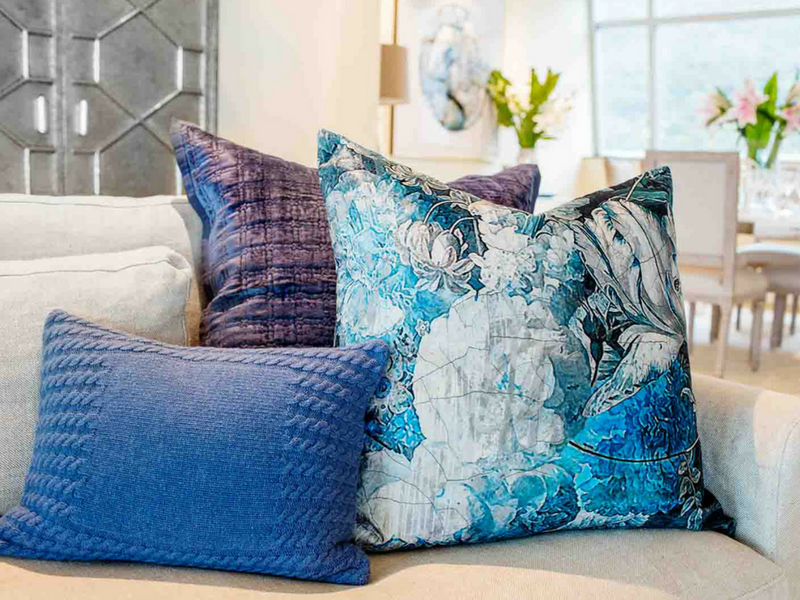
Don’t forget, if you get tired of the same cushions year in and year out, these are really easy to change seasonally. This is a cheap and easy way to update your home without having a huge expense. This is also why we would also always recommend neutrals for the larger pieces of furniture so smaller home accessories can be easily updated!

The bulk of your home accessories will likely be displayed on shelving, or maybe a mantlepiece. We always stick by the 70 / 30 rule. Your shelves should be around 70% full and 30% empty. Leaving empty space is important for drawing the eye in without being visually overwhelming.
Balance is key when accessorising your home.
Below is an example of a mantle we styled recently. We picked an accent colour for the accessories and then added texture with the small stack of old books and the faux flowers from Amaranthine Blooms.
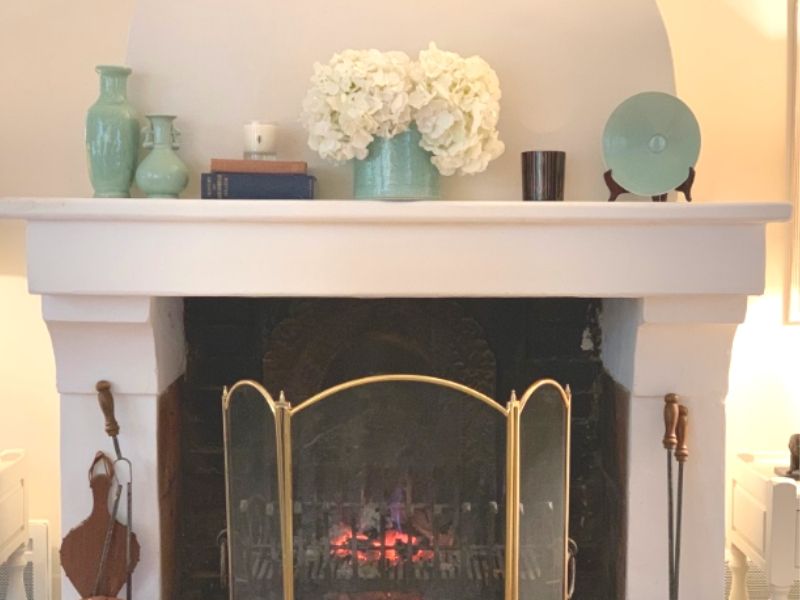
Talking of books… if you have a bookshelf or bookcase, try organising your books by the colour of the spine. You won’t believe the calming effect! Also, your books don’t all have to be standing upright. Add a bit of interest by stacking some books on their sides and then placing something pretty on top.
One of the most important parts of accessorising your home is adding those personal touches that are uniquely yours.

This will usually be in the form of photos and mementoes. Again, use odd numbers and different sizes to make each picture stand out. To tie a collection of framed photos and pictures together, keep something about the colour, texture or style of the varied sized frames similar. Remember, creating a photo wall will look amazing but a photo shelf is a little easier to update and add to.
One thing we always need to be careful of when decorating with accessories is clutter.
So, what is clutter and what is decoration? The key is less is more. If there are too many accessories you lose the sense of calm and it becomes a distraction. We want to create a sense of balance and this can easily be done through empty space and colour themes.
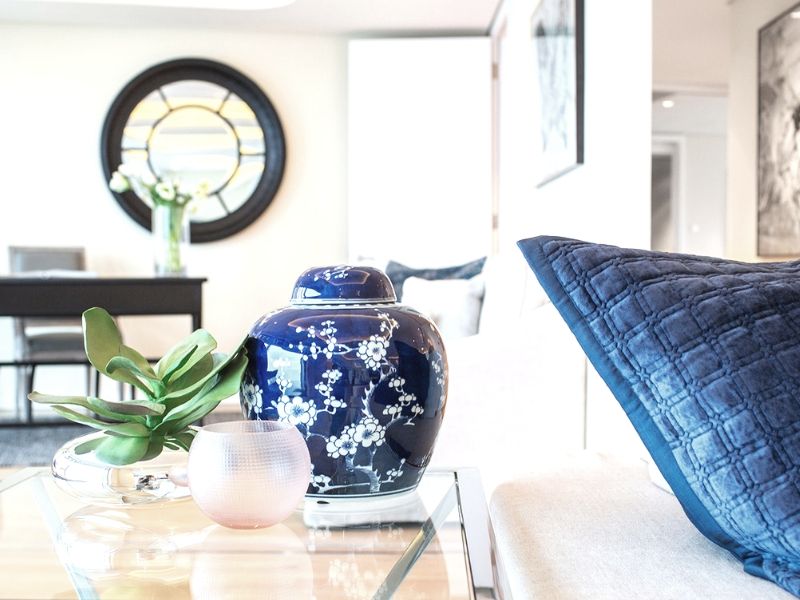
Take a look at each space individually and see how it feels: do you love it? Is each individual piece important to you and how does it work together? What happens if you take something away or add something in. As Marie Kondo says, “if you don’t love it, lose it”!
Accessorising your home takes time. It takes patience and creativity.
Once you’ve styled a collection of items, be it on a wall, a shelf or elsewhere, then take a step back. Leave it for a day and then come back to see if you still love it.
You may need to restyle a few times until you get it exactly how you want. And, remember, if it’s not a permanent fixture, then you can always change it!
If you want help with accessorising your home, why not try a virtual styling session with one of our stylists?
